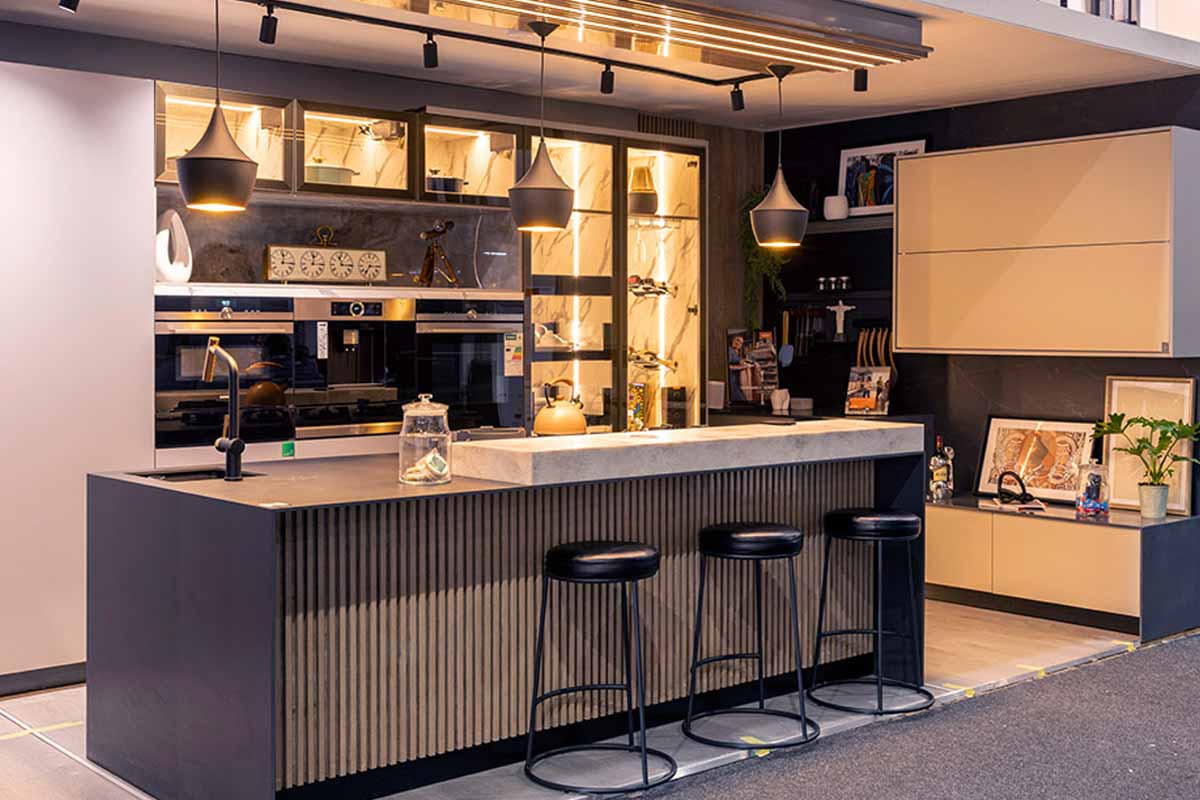The countertop crowd is thinning, and the message is clear: neat beats busy. Modern homes want flow, calm, and tools that earn their spot. That is why kitchens are trading bulky counter drainers for clean wall-mounted racks. The swap looks simple, yet it frees working room, cuts mess, and raises everyday comfort.
Why wall dish racks suit small kitchens
For years, a drainer parked by the sink felt normal. Generations lived with it, washing up and stacking plates in full view. The habit stayed even as homes shrank. Today’s spaces demand flexibility, so the fixed, soggy footprint of a counter rack clashes with faster routines and tighter layouts.
Hidden problems piled up with the old setup. Trapped moisture left puddles and ring stains under the rack. That damp zone invited bacteria and mold, which nobody wants near food prep. The sight of stacked dishes also broke visual order. A spotless room still looked messy when drying took center stage.
The wall-mounted alternative flips that script. It relocates drying above the sink, so drips go where they should. The counter breathes again. Lines feel lighter, and movement gets easier. Because traffic shifts upward, cooks reach for boards, pans, or knives without pushing past damp steel frames or teetering stacks.
How the wall-mounted rack frees space and streamlines routine
Mounting over the basin changes more than the view. It consolidates washing, rinsing, and drying in one vertical zone, so water lands in the sink, not on the slab. The eye sees a clear work band, which helps the hands follow. That smoother path saves tiny moments that add up.
Clear counters give back prime prep real estate, so chopping and plating happen side by side. Small appliances finally fit where they help most. That air fryer you shelved for lack of space now slides in, then slides out after use. The room feels larger, and kitchens gain welcome breathing room.
Draining gets smarter, too. Many models route runoff straight to the basin through integrated spouts. Others use removable trays that lift out fast for a quick wipe. No more sticky puddles. Since parts detach, cleaning feels simple, so it happens more often. Better hygiene becomes the easy default rather than a chore.
Hygiene gains, design lift, and daily ease
Racks that sit off the slab dry faster because air circulates on all sides. Less contact means fewer grime traps. Water flows away, so biofilm has less chance to bloom. Because the wet zone shrinks, towels stay dryer, and sponges stop living in a splash zone that feeds odors.
Looks improve while tasks simplify. Slim stainless bars, soft corners, and minimalist rails read like decor, not hardware. Order becomes part of the style. Plates, bowls, and cups line up with purpose, which steadies the mood. A quieter backdrop nudges better habits, so daily cleanups start sooner and end faster.
Setup favors comfort. Mount the rack at a height that matches reach, then keep the heaviest items midline. Leave a gap for tall pots, and avoid overload that strains the anchors. Plan where hooks hold ladles or strainers. Because kitchens thrive on flow, keep essentials close, and let the rest live in drawers.
Model and mounting choices tailored to kitchens of every size
Pick capacity for real life, not wishful thinking. Singles and couples do well with compact frames that hold a day’s dishes without hogging width. Families benefit from multi-tier designs that separate plates, glasses, and cutlery. When each category has a place, nothing lingers wet, and rotation stays predictable through busy nights.
Mounting matters. Screwed brackets deliver a rock-solid hold and suit long stays or heavier loads. Strong adhesives serve renters who cannot drill, provided the wall is smooth and clean. Check weight limits, surface type, and curing times. Follow the maker’s guide, because a careful install protects the wall and the rack.
Measure before you buy. Map the sink span, backsplash height, and stud locations. Confirm the faucet arc, so tall spouts and handles move freely. Note where a drip tray slides out for cleaning. If the wall leans to tile, choose pads or sleeves that protect grout lines and keep hardware square and stable.
Minimalist routines that keep the space calm and agile
Decluttering comes first. Release “just in case” gadgets that never see daylight. Store staples in drawers, group tools by task, and pour dry goods into airtight jars. Floating shelves hold daily cups and bowls, then free the lower cabinets for heavier pans. As zones settle, every move asks less effort.
Color calms the room, so decisions feel lighter. Light wood, white, and soft gray reflect daylight and expand sightlines. Stainless accents pair well, while quartz counters bounce brightness without glare. Repeating slim handles or going handleless keeps lines continuous. Fewer visual breaks mean quieter mornings and cleaner photos.
Integration seals the effect. Built-in ovens, a hidden fridge, and panel-ready dishwashers reduce noise and dust points. Because faces align, chores move in one sweep. The wall rack plays along, holding just-washed tools within reach. With distractions down, kitchens feel composed, so cooking turns from scramble into steady rhythm.
A small switch that resets daily comfort and flow
One change delivers many wins. A wall dish rack gives back the counter, steers water where it belongs, and sharpens your style. The room looks calmer, while cleanup gets quicker and less fussy. Try the swap and let kitchens feel bigger, cleaner, and kinder to the routine you live every day.

















